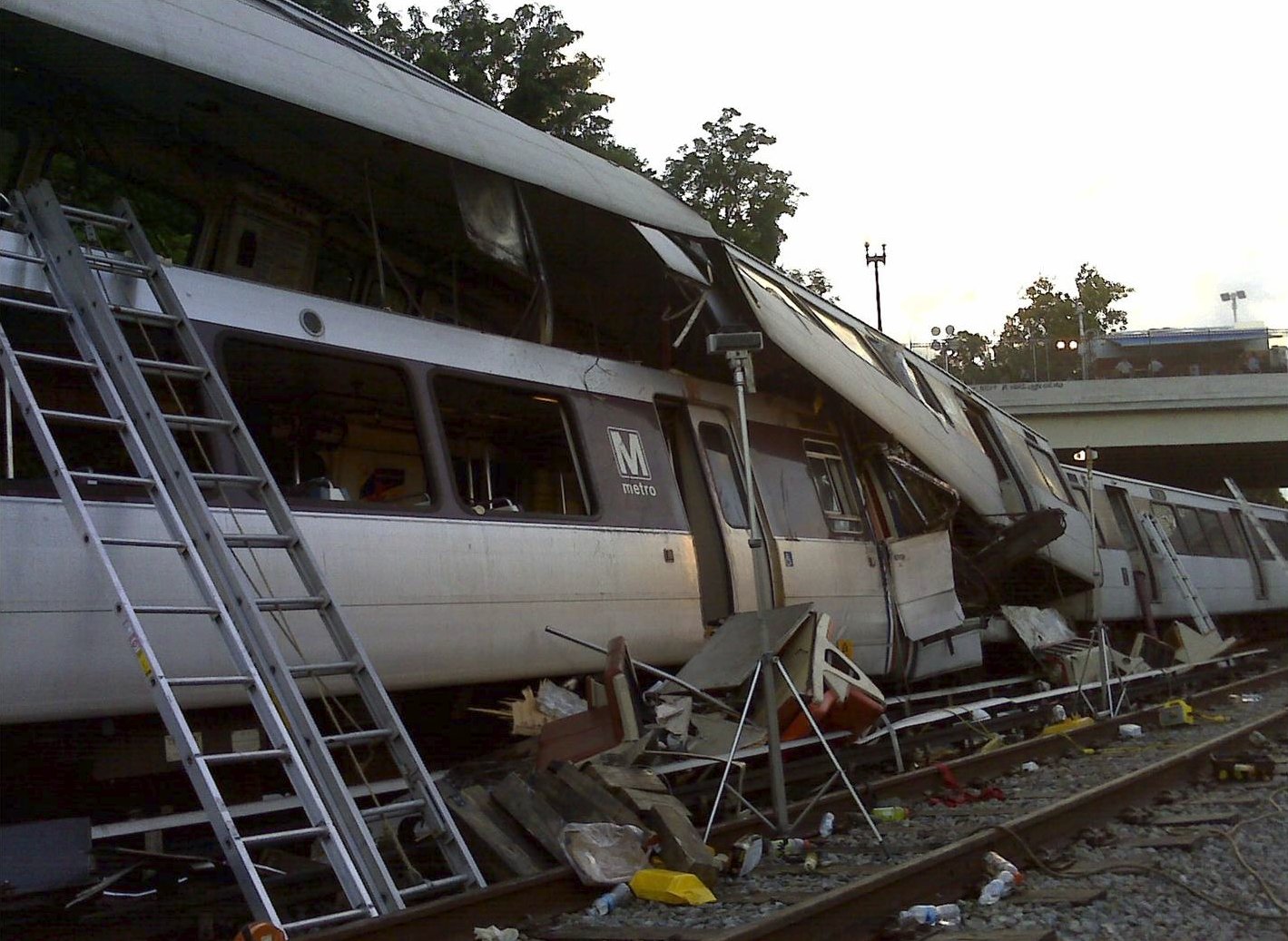The objective of a root cause analysis investigation is to prevention. The causes of an incident are investigated, so that solutions can be developed and implemented, to reduce the risk of the same or a similar problem from occurring. The process sounds easy, but in practice it can become more involved. For example, what do you do when one of the identified causes is “lack of safety culture”? How exactly do you solve that?
This is the issue that the Washington DC Metrorail (Metro) is currently facing. The National Transportation and Safety Board (NSTB) recently released findings from the investigation of a DC metro train crash that killed nine last June. (See our previous blog for more details). Predictably, the NSTB findings include several technical issues including failed track circuits and lack of adequate testing, but the list of causes also includes items like lack of safety culture and ineffective oversight.
 Fortunately, the NSTB also provided recommendations such as developing a non-punitive safety reporting program, establishment of periodic inspections and maintenance procedures for the equipment that failed during this accident, and reviewing the process used to pass along safety and technical information. One of the important things to notice in this example is that the recommendations are fairly specific, even if the stated cause is a little vague. Specific solutions are necessary if they are going to be effectively implemented.
Fortunately, the NSTB also provided recommendations such as developing a non-punitive safety reporting program, establishment of periodic inspections and maintenance procedures for the equipment that failed during this accident, and reviewing the process used to pass along safety and technical information. One of the important things to notice in this example is that the recommendations are fairly specific, even if the stated cause is a little vague. Specific solutions are necessary if they are going to be effectively implemented.
If you find yourself at a point in your organization where a cause is identified as “lack of safety culture”, it’s a good idea to keep asking why questions until you identify the specific problems that are causing the issue. Is it the safety information that is lacking or incorrect? Is the process that provides the information confusing? Do the workers need better safety equipment? Knowing all the details involved will allow better solutions to be developed. And better solutions result in lower risks in the future. Culture is the shared values and practices of the people in an organization. The Cause Mapping method of root cause analysis has an effective way for an organization to identify “culture gaps” by thoroughly dissecting just one of its incidents.





 So what happened? Why remove a containment cap that had been working successful?
So what happened? Why remove a containment cap that had been working successful?



